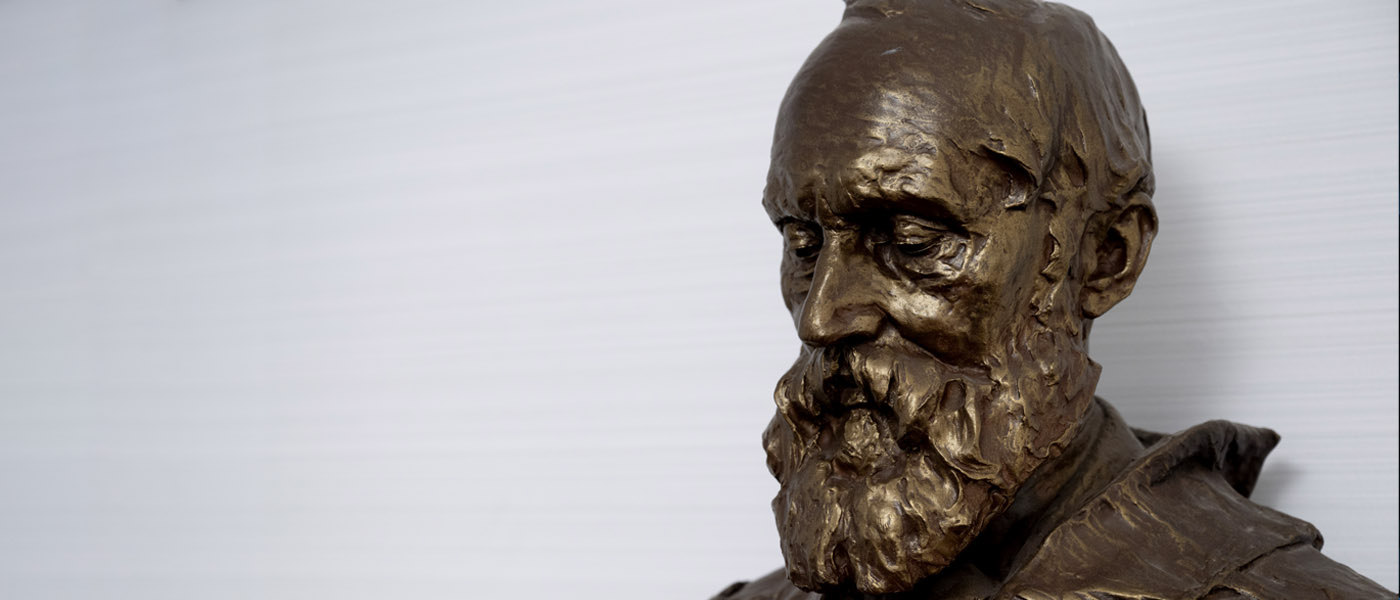
We need to talk about Kelvin
Professor Martin Hendry is Clerk of Senate at the University as well as Professor of Gravitational Astrophysics & Cosmology in the School of Physics & Astronomy. He argues that the pioneering contributions to science education of Lord Kelvin, one of UofG’s most esteemed alumni and professors, are often overshadowed by his successes in research and business.
I believe that William Thomson, aka Lord Kelvin, was the most influential scientist of the 19th century. His revolutionary contributions to physics, mathematics and engineering still resonate today. While probably best known for his work on energy and the laws of thermodynamics – including giving his name to the standard unit of temperature – Kelvin’s legacy is remarkable not just for its breadth, but also for its diverse types of achievement, from theoretical breakthroughs that addressed the biggest scientific questions of the day to practical inventions that drove industrial and commercial innovation.
But these successes in research and knowledge transfer have sometimes overshadowed his achievements as an educator. Kelvin's contribution to education has left a legacy that shapes how science and engineering students are taught throughout the world to this day. For example, in 1867, with his Edinburgh University counterpart Peter Guthrie Tait as co-author, Kelvin published the Treatise on Natural Philosophy – a comprehensive monograph that used the concept of energy as a unifying principle with which to explore all the known branches of physics. Although not an easy read – and taking no prisoners with its mathematical rigour – the scope and systematic approach of the Treatise effectively made it the first-ever undergraduate physics textbook. It quickly became essential reading for the next generation of mathematical physicists and established a template that countless other textbooks have adopted ever since.
Perhaps even more influential for future STEM (science, technology, engineering & mathematics) education was Kelvin’s approach to experimental teaching. When the University moved to Gilmorehill in 1870, Kelvin’s lecture room took pride of place in the Gilbert Scott building, where the present-day Senate Room is located. Equally important to Kelvin, however, were the teaching and research laboratories directly below, set up with his friend James White who was Philosophical Instrument Maker to the University. This was a truly groundbreaking development: in Kelvin’s laboratories, for the first time, students were systematically taught the methodologies and protocols of empirical measurement – thus placing experimental skills and practical experience firmly alongside theoretical and mathematical knowledge at the heart of their training.
Nowadays it would be unthinkable to teach science or engineering without a core element of experimental work. Yet the origins of this approach owe much to the legacy and vision of Lord Kelvin – and the philosophy that underpinned his research and his teaching, as captured by one of his most celebrated quotations: "to measure is to know”.
This article was first published October 2024.

